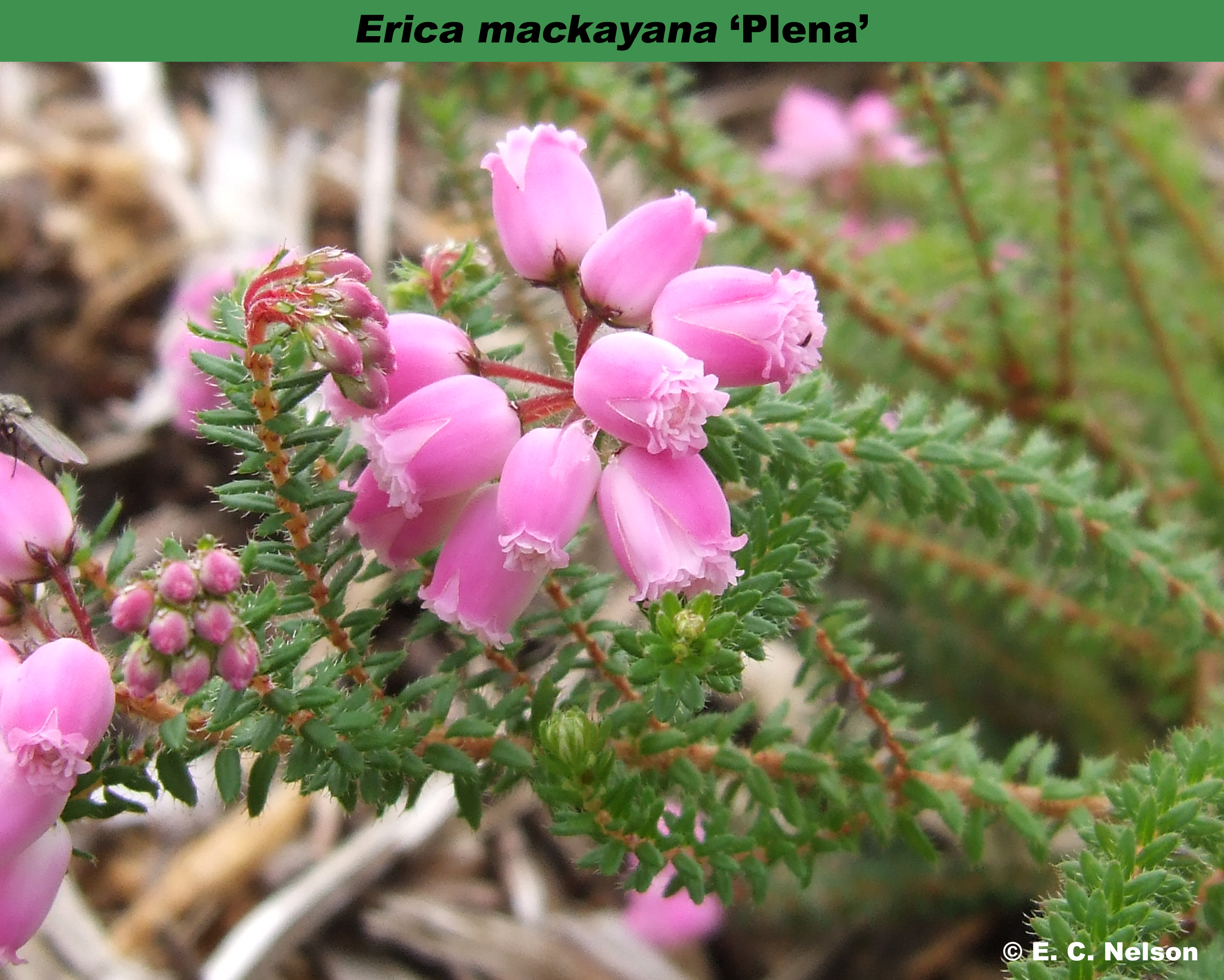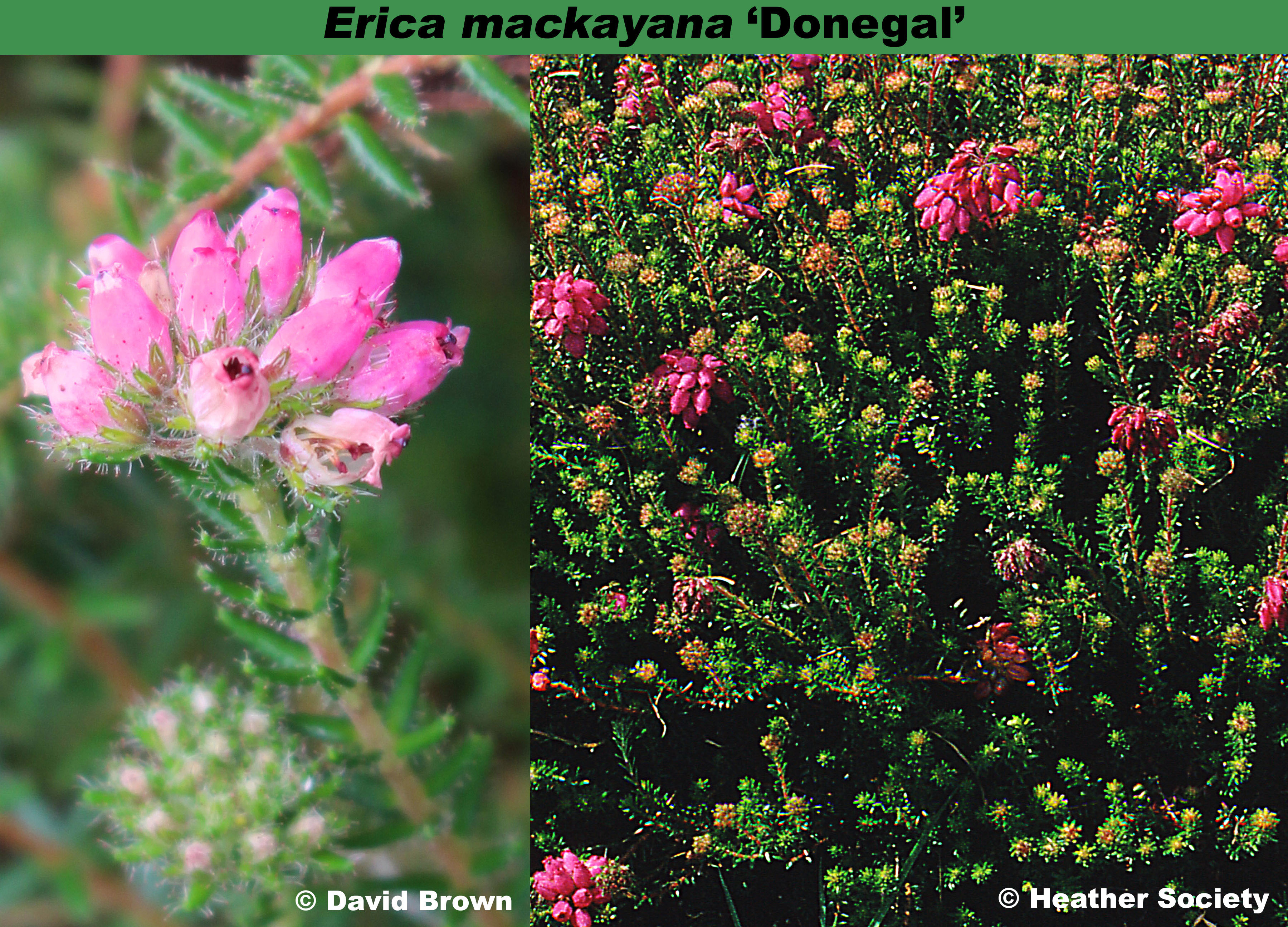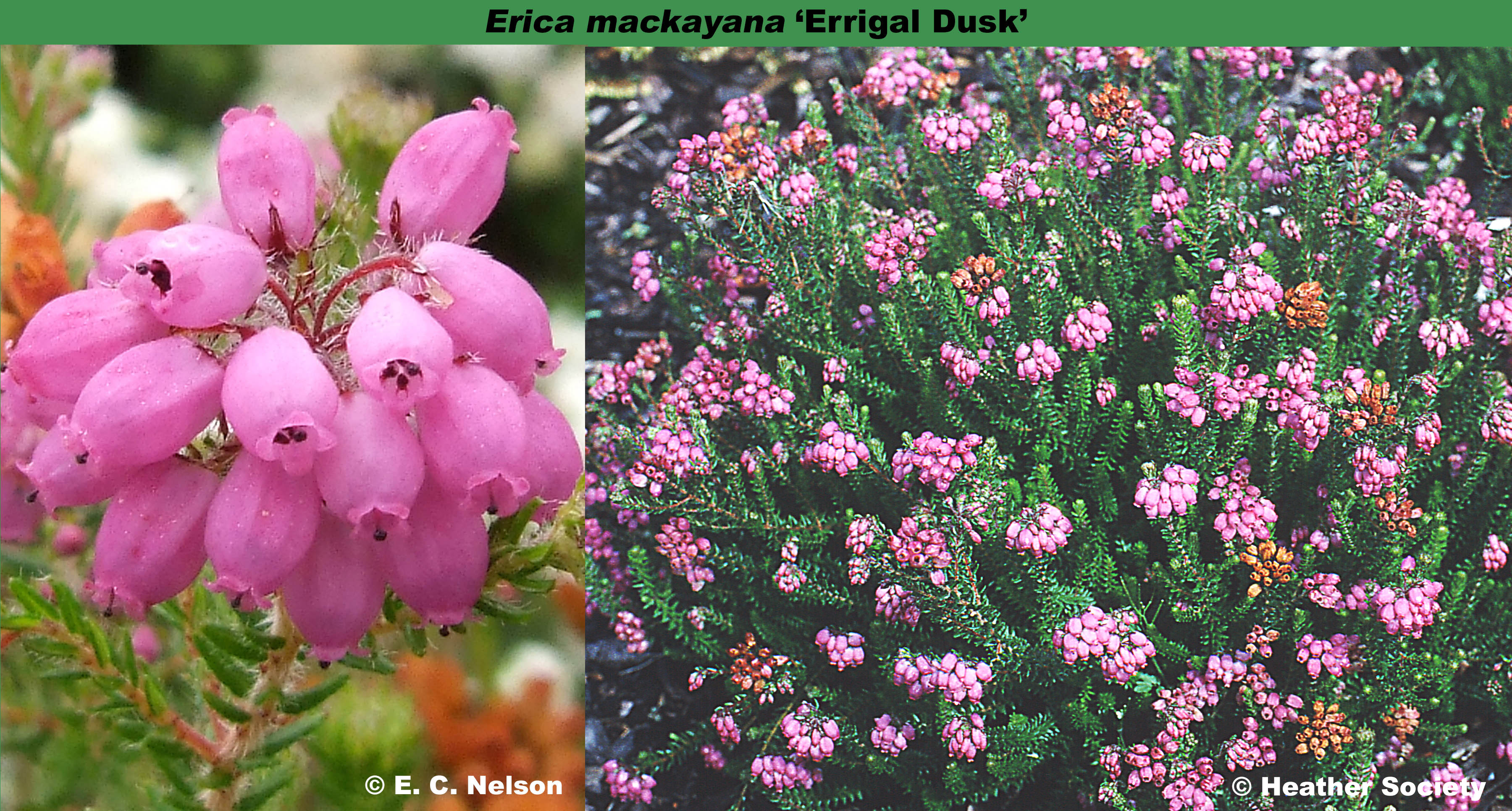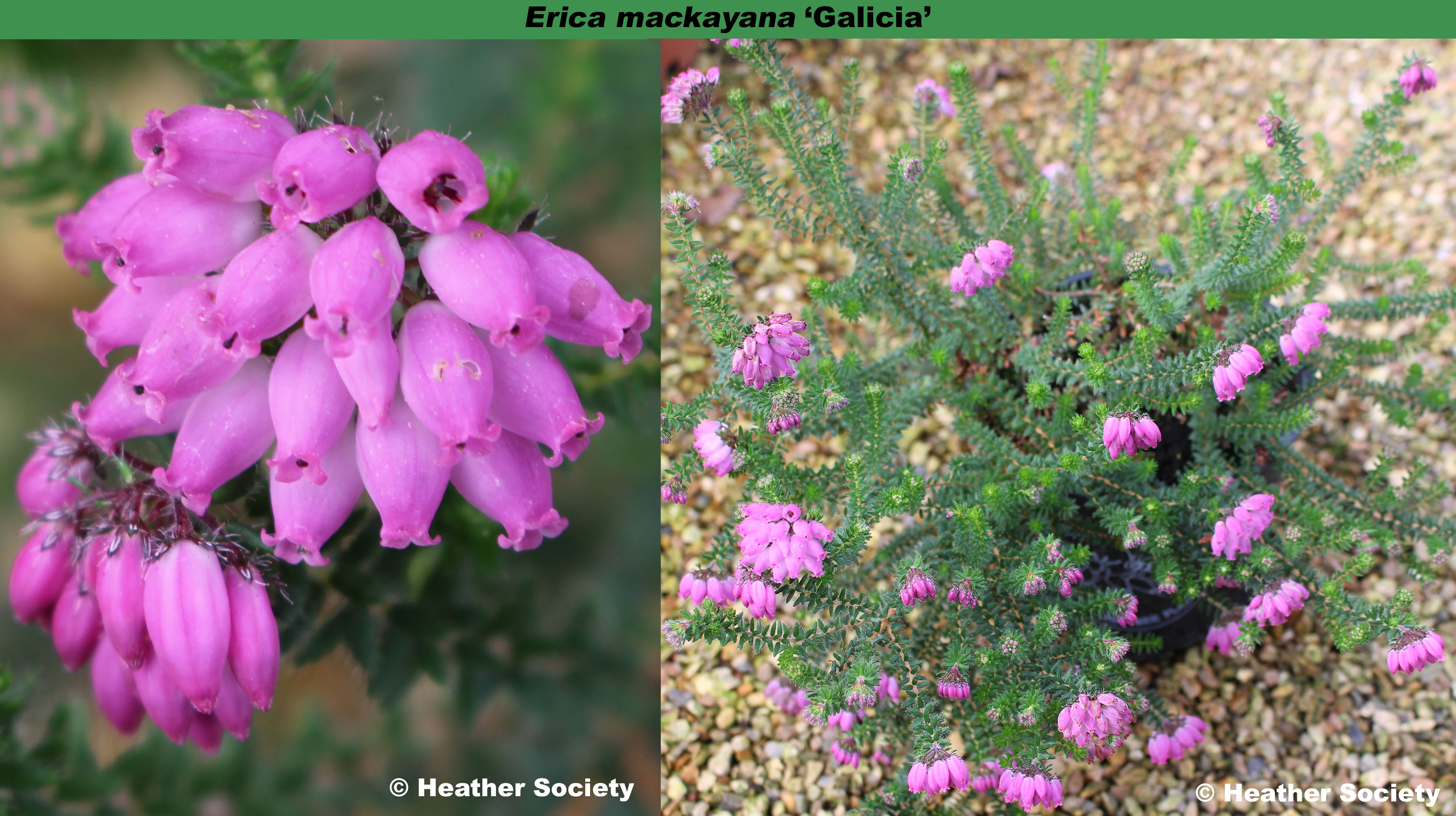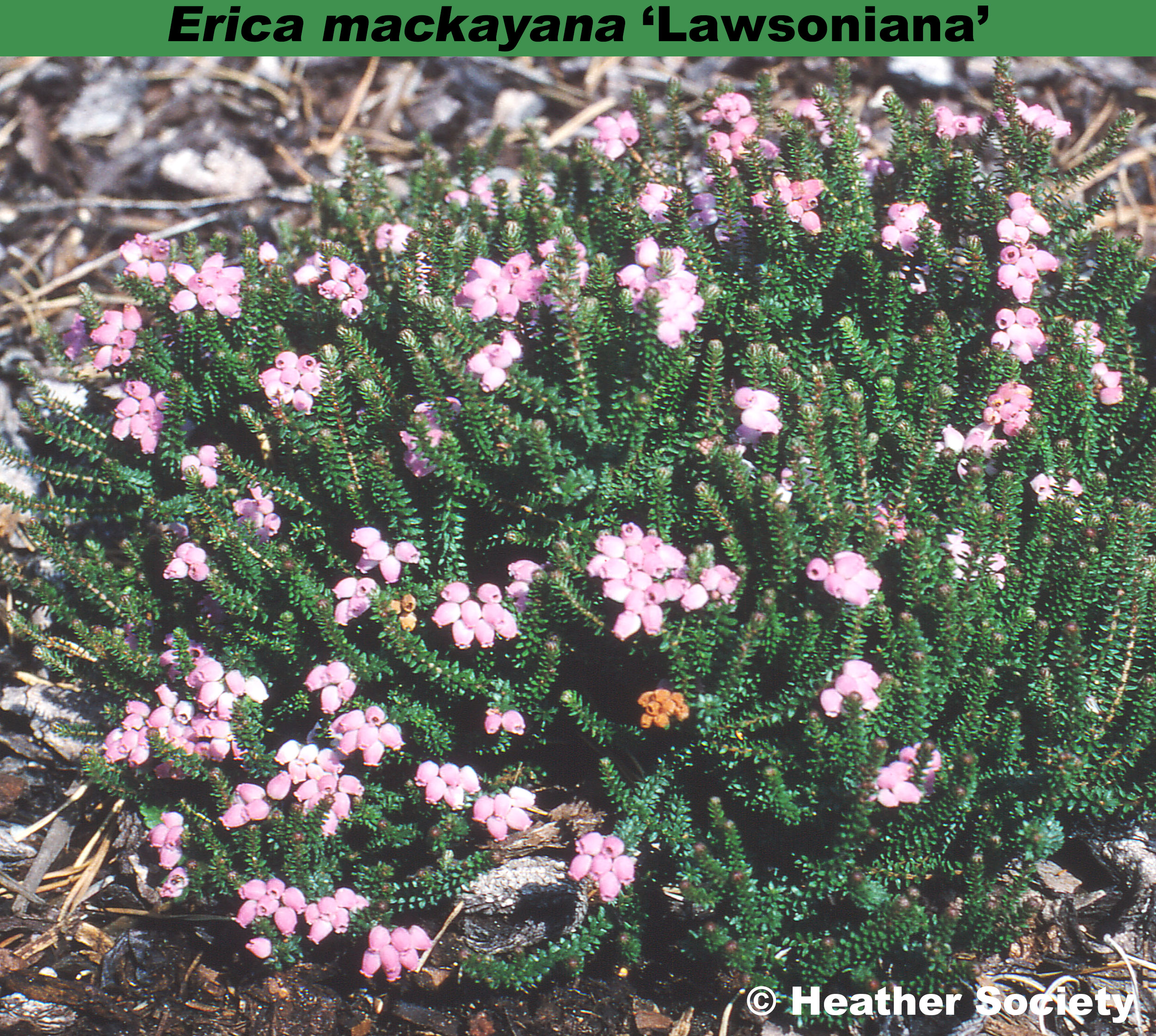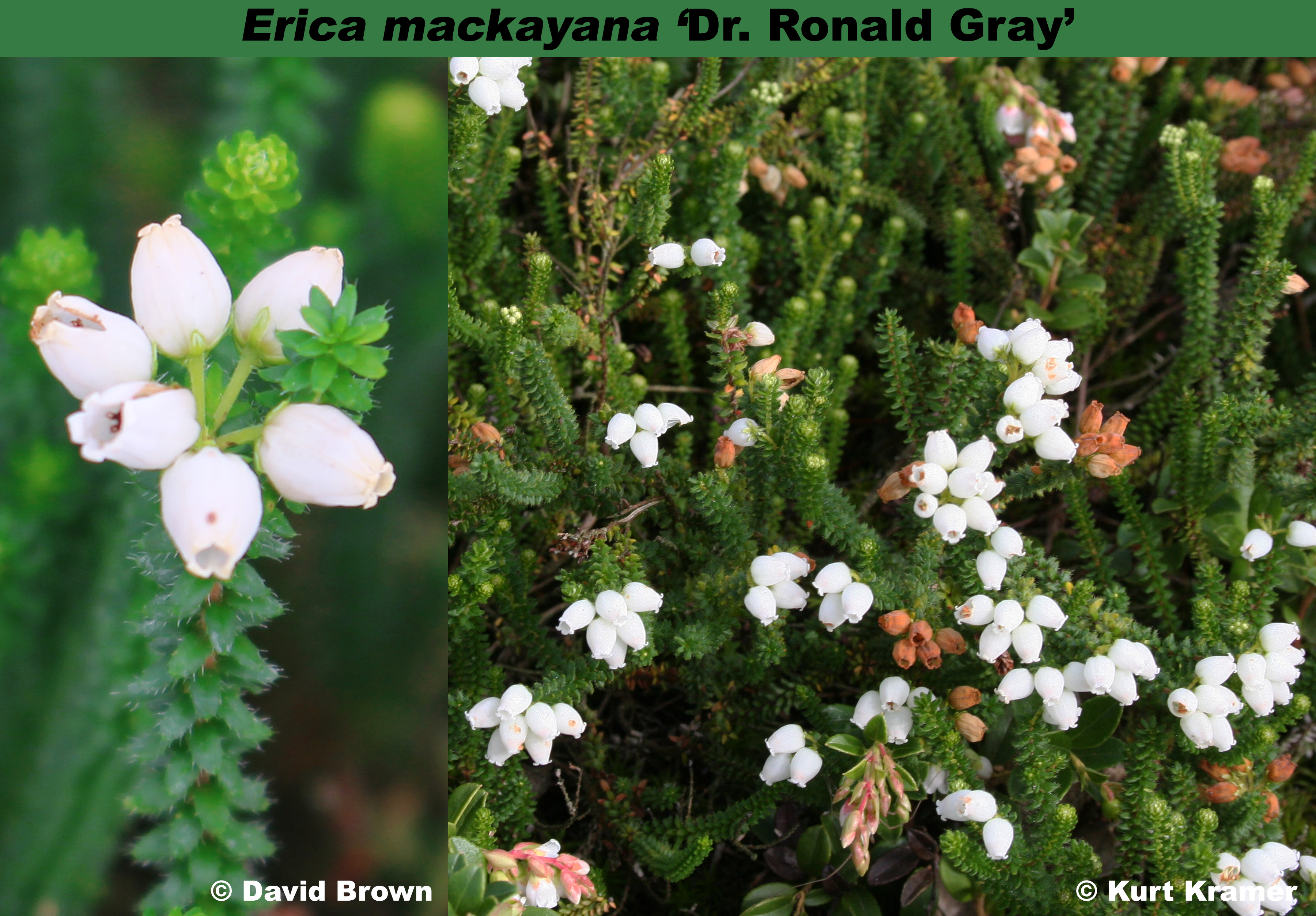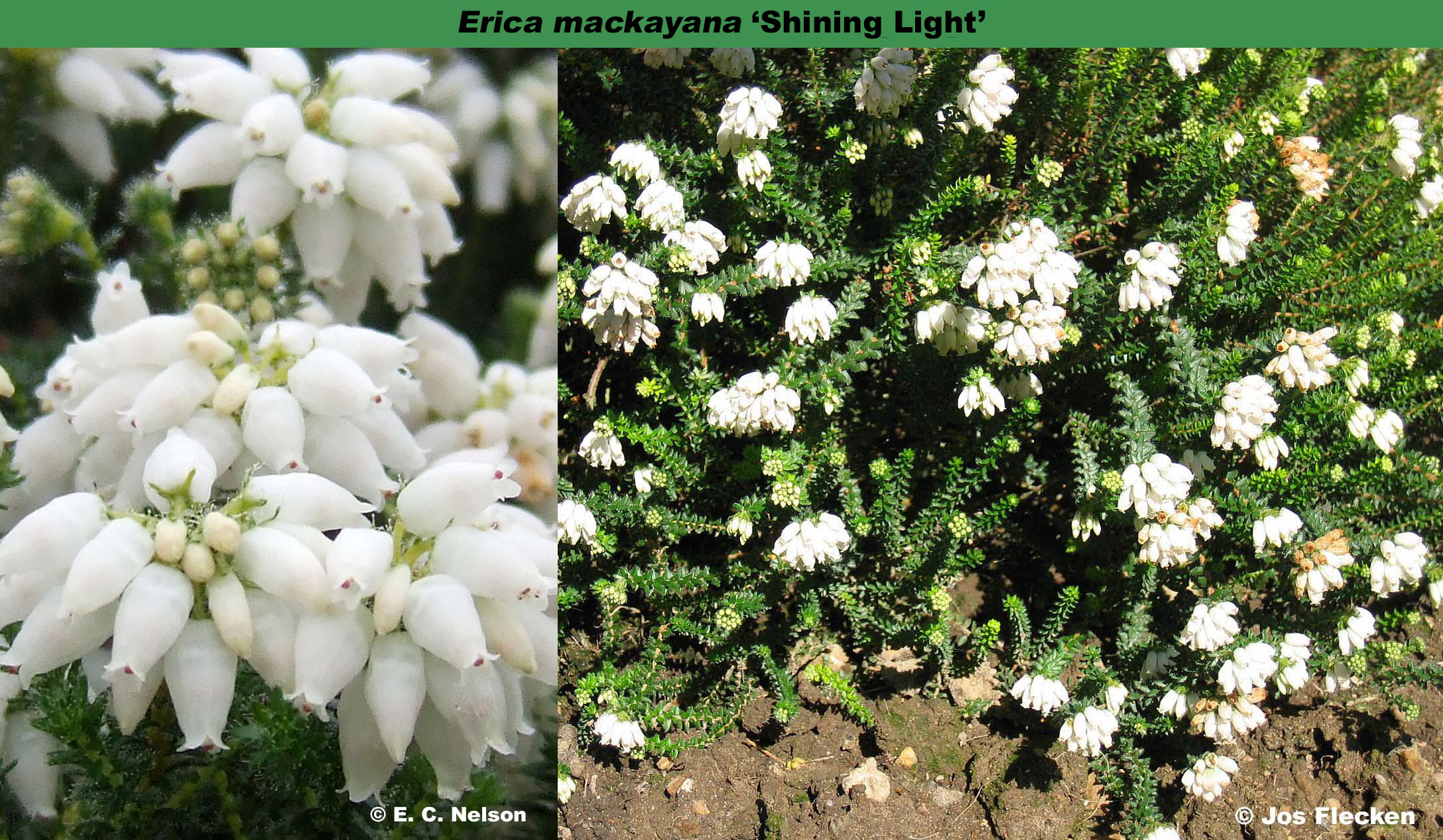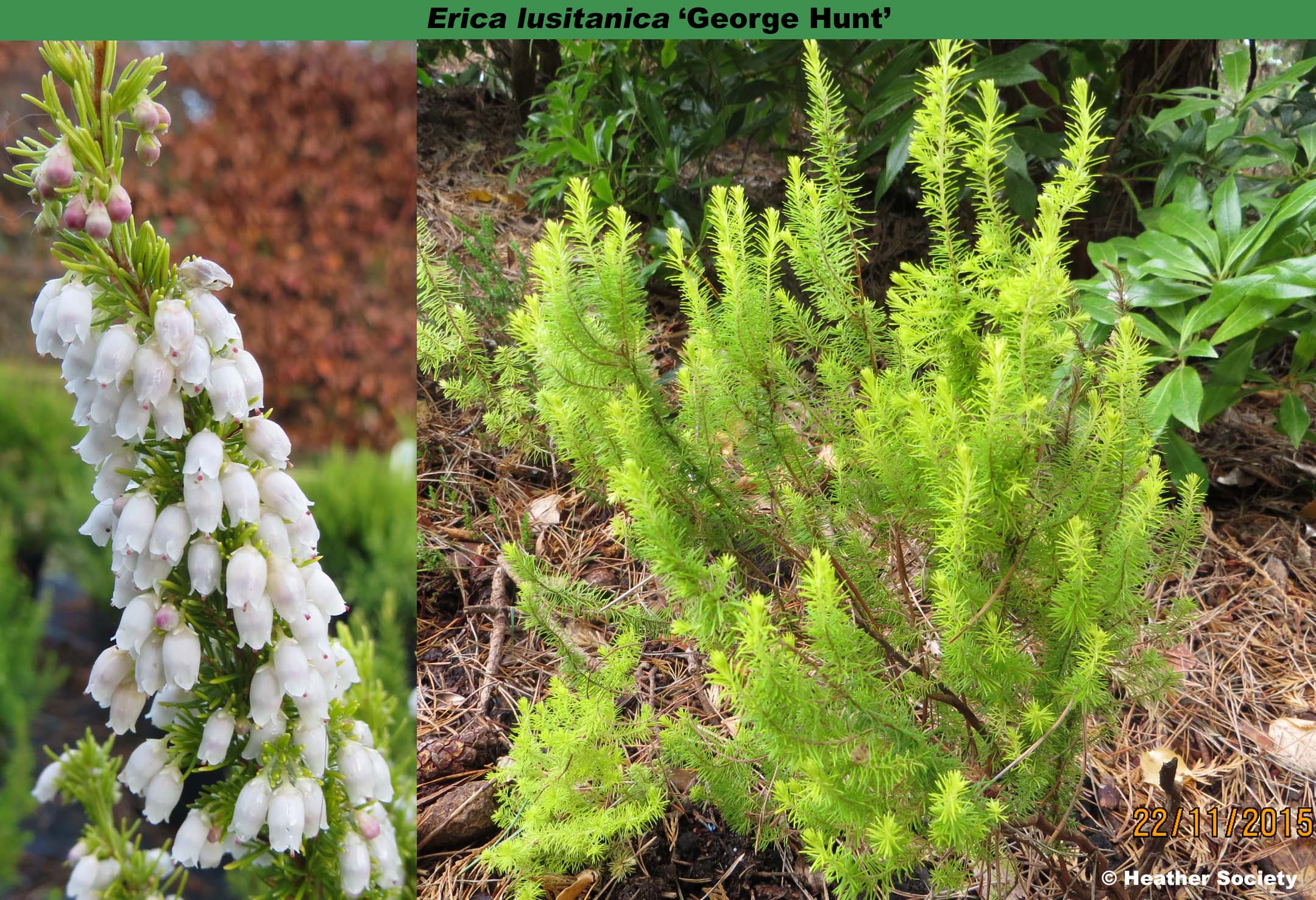Magenta (H14) flowers, VII–X, double and packed with extra “petals” to the point of bursting; dark green foliage; neat habit; height 10–15cm; spread 31–45cm. Suitable for ground-cover.
Wild-collected; found in Connemara, County Galway, Ireland, on more than one occasion during the last 130 years; the clone in cultivation was gathered in 1901 by Dr F. C. Crawford, but there is an earlier record (by A. G. More in 1869).
Named from plenus = full (i.e. double-flowered). The earliest names for this clone were ‘Crawfordii’, followed by ‘Flore Pleno’, but it may be argued that neither was validly published.

